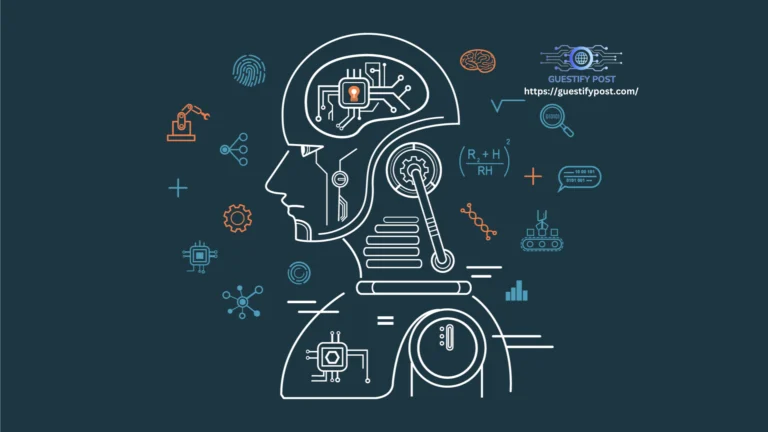Network Layers And A Friendly Walkthrough of the OSI Model
In the vast universe of network layers, there’s a guiding star known as the OSI model – the Open System Interconnection model. Originally designed as a global standard for constructing networks, it has gracefully evolved into an educational companion. Instead of being a rigid set of rules, the OSI model now serves as a friendly mentor, showing us how different tasks within a network can be managed for a seamless and error-free dance of data transmission.
Getting to Know the Layers in the OSI Model
Physical Layer of network layers
Let’s start at the very foundation – the physical layer. Imagine it as the superhero of cables, fibers, and electronic gadgets that come together to create a network. Its primary job is like that of a translator, turning digital data into signals ready for transmission.
Picture these signals as dancers on a wire, sometimes electrical and, in the world of fiber optics, even non-electrical. Troubleshooting here is like a detective’s work – straightforward but a bit of a puzzle. Constructing or fixing things at this layer involves playing with the hardware, plugging, and connecting to make the dance floor ready for the data dance.
Data Link Layer of network layers
Right above the physical layer, we have the data link layer. Think of it as the packaging team. It takes information and wraps it up in neat little packets, ensuring everything stays organized. It’s like preparing a present – you want it to look good and be ready for delivery. This layer is also the fixer, like a superhero who spots errors and makes sure our data stays intact during its journey through the network.
Main Network Layer
Moving up, we reach the network layer – the GPS of our network highway. It decides where the incoming and outgoing data should go. It adds a special kind of address to the data packet, so it knows its destination. This layer also handles routing decisions, making sure our data takes the quickest route to its destination. It’s like the traffic director, ensuring smooth sailing and tackling any hiccups in the journey.
Transport Layer of network layers
Picture the transport layer as the maestro of data streaming. Instead of thinking of data as individual packets, it sees it as a flowing conversation. To make this conversation smooth, it uses protocols – rules of communication.
These protocols watch over the entire transmission, checking for errors, giving a thumbs up for successful talks, and requesting a redo if needed. Working hand in hand with the network layer, it’s like a postal system that addresses and ships data.
Session Layer of network layers
Now, let’s meet the session layer, the one responsible for connections – making them, maintaining them, and saying goodbye when needed. It’s like an announcer, ensuring that the programs and applications requesting and sending data are on the same page. In technical terms, it’s the one ensuring everyone’s synchronized in their data transmission dance.
Presentation Layer
As we move up, we arrive at the presentation layer – the makeover artist of received data. It transforms data into a format that the destined application can understand. Imagine it as a translator, handling tasks like encryption before sending data and decryption upon reception. It ensures the data speaks the language of the application it’s meant for.
Application Layer
Finally, at the top of the OSI model, we have the application layer – the traffic cop for software on a device. The network layers protocols here handle requests from various software applications, like a helpful assistant organizing and executing requests. Whether it’s a web browser wanting an image, an email client checking the server, or a file-sharing program uploading a movie, the protocols in the application layer make it all happen.
Bringing It All Layers Together in Network layers
Let’s simplify the OSI model into three essential requirements, making it as easy as a Sunday stroll
Physical Setup: Connect your computer to the network (physical layer), make sure it can read data (data link layer), and assign it a proper network address (network layer).
Efficient Delivery: Ensure efficient data delivery (transport layer) and let recipients know it was successful (session layer).Application Interaction: Unpack and deliver data in a friendly format (presentation layer) and fulfill software application requests (application layer).
Sending Data in Reverse Imagine sending data like a reverse road trip. It starts at the top OSI layer – the application layer – and smoothly moves down through the model until the data reaches the recipient via the physical layer.
Conclusion
While the OSI model gives us a tidy conceptual view of how networks operate, real-world networks are a bit more like a lively carnival. Some devices and protocols neatly fit into a single layer, while others wear multiple hats, influencing each layer. Yes, data security, in the form of encryption, may have its cozy spot in the presentation layer, but network security is the superhero that affects all seven layers.
In these complexities, the OSI model stands as a friendly guide. While the OSI model gives us It helps us visualize network interactions, making troubleshooting existing networks a bit like finding a lost sock – challenging but doable. And when it comes to designing stronger, more robust networks for the future, the OSI model is like a trusted compass, pointing us in the right direction.
So, next time you find yourself in the world of networks, let the OSI model be your friendly companion on this fascinating journey.







